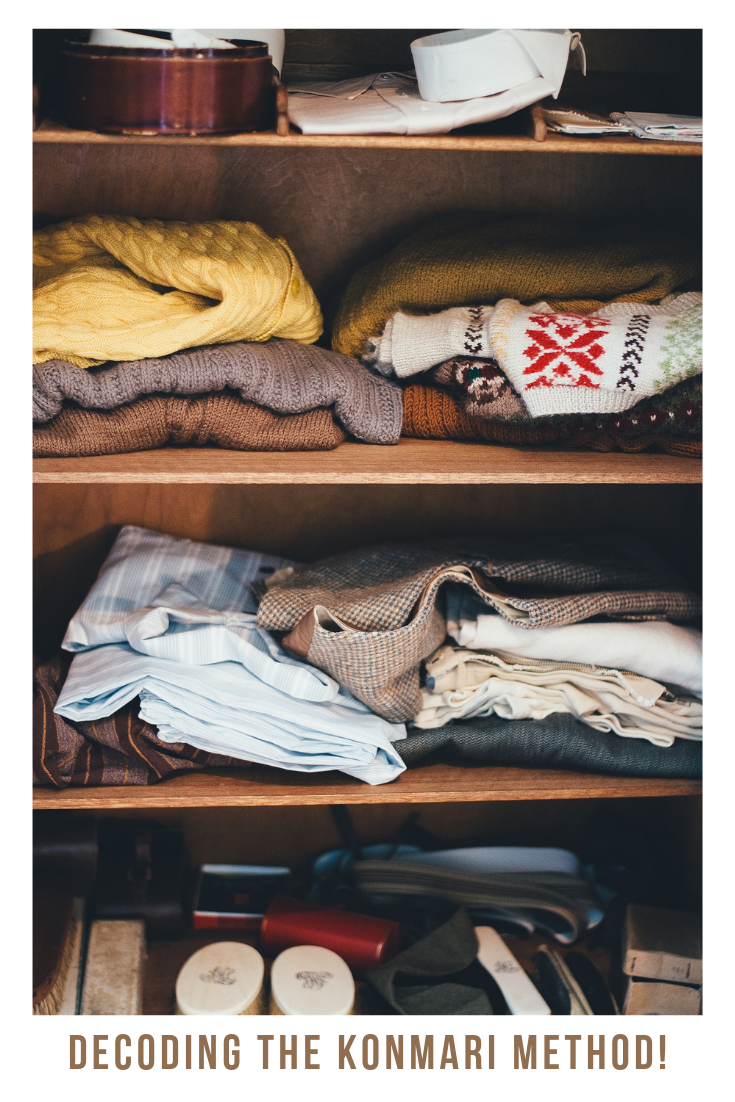Ultimate checklist for the arrival of your new dog
Table of Contents
Whether you’re a seasoned dog owner or a first-timer, the preparations you make before the arrival of your new dog or puppy arrives are crucial to ensuring a smooth transition for both of you. From dog-proofing your home to gathering essential supplies, this guide will help you make the necessary preparations to welcome your new pooch with open arms.
Research the breed lifestyle

Before you even bring your new dog home, it’s important to choose a breed that suits your lifestyle. Different breeds have varying exercise, grooming, and training needs, so it is essential the dog matches your energy level, living space, and family dynamics to ensure a harmonious fit. Freshpet reviews can help with this quite a bit.
Puppy-Proof Your Home
Just like you would baby-proof your home for a new child, puppy-proofing is essential to ensure the safety of your new dog. Remove potential hazards, such as toxic plants, small objects that could be chewed on, and electrical cords. Also, secure trash cans and any dangerous chemicals out of your pup’s reach.
Create a Cozy space
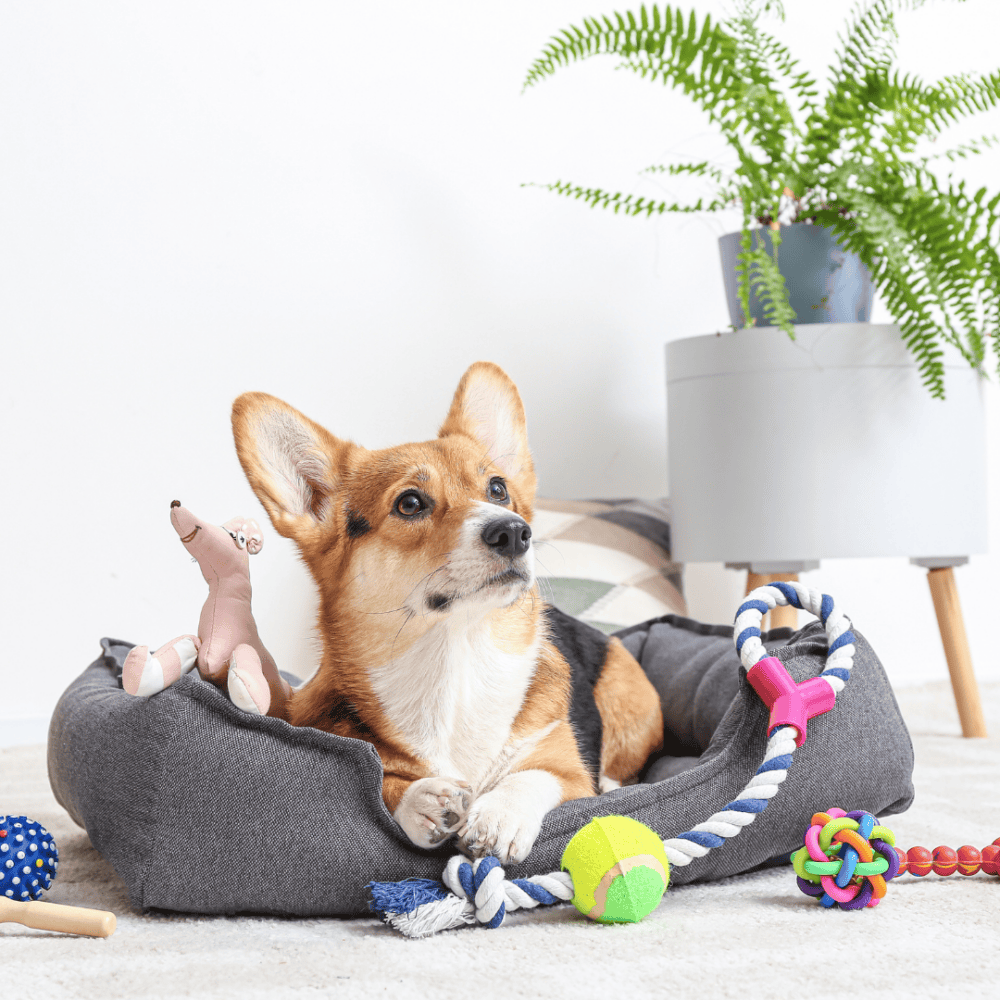
A new dog as the general rule needs a designated area in its new environment where they can feel it’s their safe place and secure. Set up a comfortable bed or crate in a quiet, low-traffic part of your home. This space can serve as your dog’s retreat when they need some alone time or a safe haven during thunderstorms.
Gather the following essential supplies:

Food and water bowls
When bringing a new dog into your home, it’s essential to provide them with the best food and water bowls. While it may seem like a trivial decision, choosing the right dog bowls can have a significant impact on its well-being. Opt for ceramic or stainless steel bowls instead of plastic bowls, as they are easier to clean and less likely to harbor bacteria that could cause health issues. Additionally, consider getting elevated bowls that can help improve digestion and reduce strain on your dog’s neck and joints.
Another crucial aspect to consider is the size of the bowls. Keep in mind the size of the dog when selecting their feeding accessories. A small dog may struggle with deep or wide dishes, while a large breed might need more substantial bowls to accommodate their appetite.
Additionally, don’t forget about proper hydration as dogs are known for spilling their water everywhere as they enthusiastically lap up every drop. To avoid constant mop-ups or slippery floors, invest in spill-proof water bowls designed with an anti-slip base or even floating devices that keep the water level steady at all times. Remember, staying hydrated is just as important as having nutritious meals for our furry companions!
Quality dog food
Providing the new dog with high-quality food is essential for their overall health and well-being. It is common knowledge that a balanced diet contributes to increased vitality and longevity in our furry friends. It is, therefore, crucial to understand that not all dog food brands are created equal.
While many pet owners opt for budget-friendly options, it’s vital to consider the ingredients list when selecting quality dog food. Look for labels that have real meat listed as the first ingredient. Avoid products that contain fillers such as corn or wheat as they provide little nutritional value and can cause allergies or digestive issues in some dogs.
Understanding how the food is processed is equally important. Opting for brands that use minimal processing methods ensures that more nutrients are retained in the final product. These foods typically come closer to mimicking a dog’s natural diet and help improve digestion, leading to better absorption of essential vitamins and minerals.
If you find it a minefield of choice to locate the right dog food consult your vet to determine the best diet for your new dog.
Collar and leash
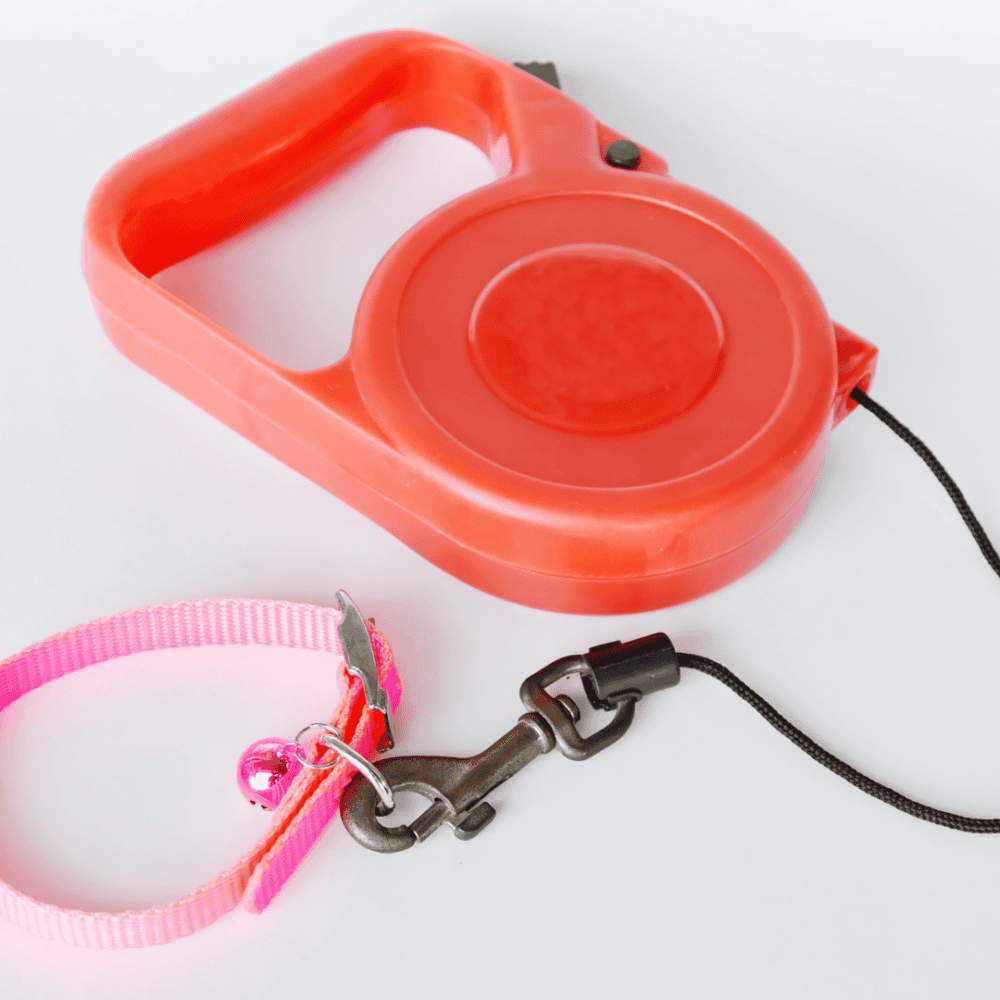
One of the first items you will need on arrival of the new dog is a collar and leash for leash training. While they may seem like basic accessories, they play an essential role in keeping your dog safe and under control. The collar serves as identification, displaying important information such as your contact details and the dog’s name. This is now a legal obligation and is also crucial if the animal ever gets lost or strays away during walks or outings. Choosing the right collar allows you to showcase your dog’s unique style.
Additionally, investing in a comfortable and durable leash is equally important for both your and your pet’s comfort on walks. Opt for leashes with adjustable lengths or padding on the handles to ensure a pleasant experience for everyone involved. It also helps establish proper behavior for our four-legged companions.
When properly trained to respond to leash cues, dogs learn boundaries that prevent them from engaging in risky behaviors such as running across roads or approaching aggressive animals. Regularly walking with a leash fosters discipline by setting expectations around walking etiquette for dogs of all sizes – no pulling allowed!
Poop bag
In addition to all the excitement and joy that comes with bringing a new dog into your life, there are also some less glamorous tasks to tackle. One of those is dealing with poop. Yes, that’s right – every responsible dog owner knows that cleaning up after their furry friend is a necessity. That’s where poop bags come in handy.
While it may seem like a mundane topic, choosing the right poop bags can make a big difference in your daily routine, opting for biodegradable or eco-friendly options not only helps the environment but also provides peace of mind knowing you’re minimizing your ecological footprint. Additionally, investing in durable and leak-proof bags eliminates any unpleasant surprises during walks or trips to the park.
ID Tag
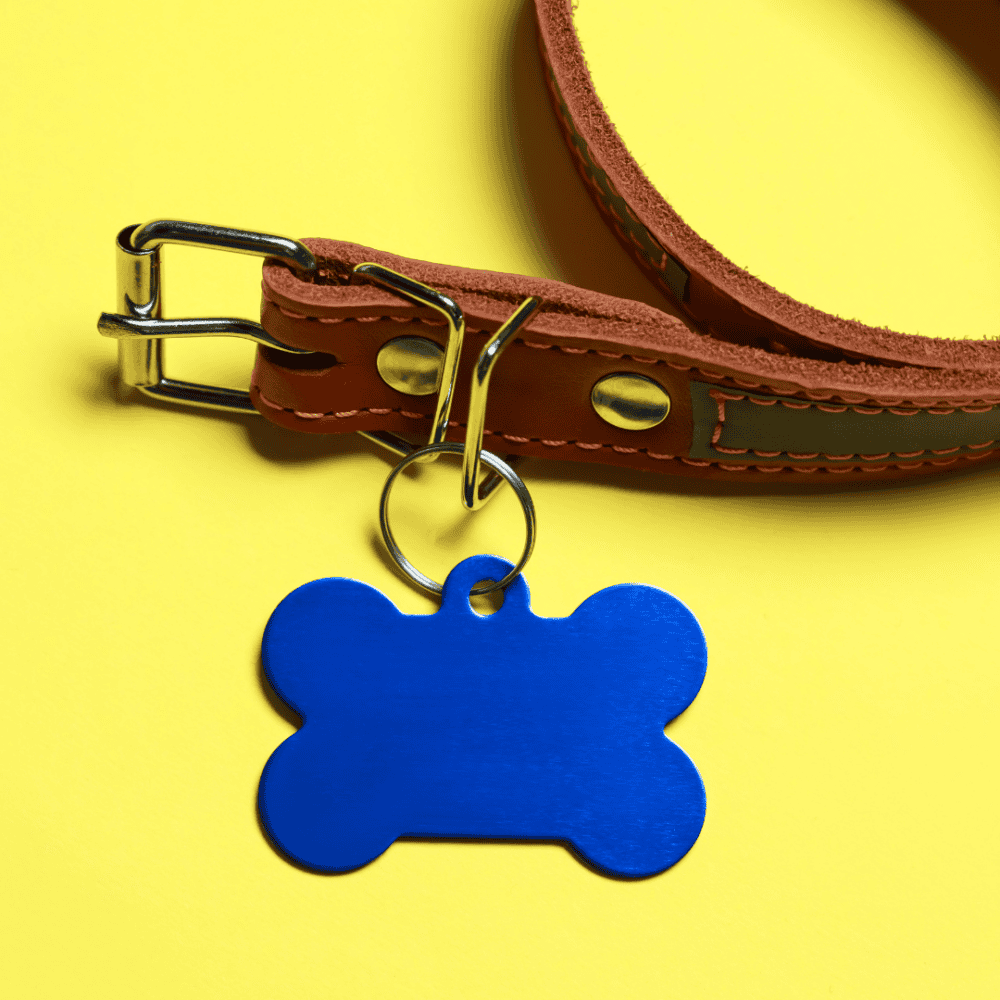
An ID dog tag acts as a form of identification for your new dog. In the unfortunate event that they wander off or get lost, having clear contact information i.e.: Name, Address and contact number on their tag, can greatly increase the chances of a safe return. Even if your dog has all the necessary vaccinations and is microchipped, an ID tag provides immediate visibility to anyone who finds them.
Microchip
This tiny device, about the size of a grain of rice, is implanted under your pet’s skin and contains a unique identification number that can be scanned by most animal shelters and veterinary clinics. But beyond its practicality, there’s something sublime about the concept of a permanent digital link between you and your new dog. By facilitating quick reunions between lost pets and their families, these microscopic implants have helped reduce overcrowding in shelters and minimize euthanasia rates.
Toys and chews
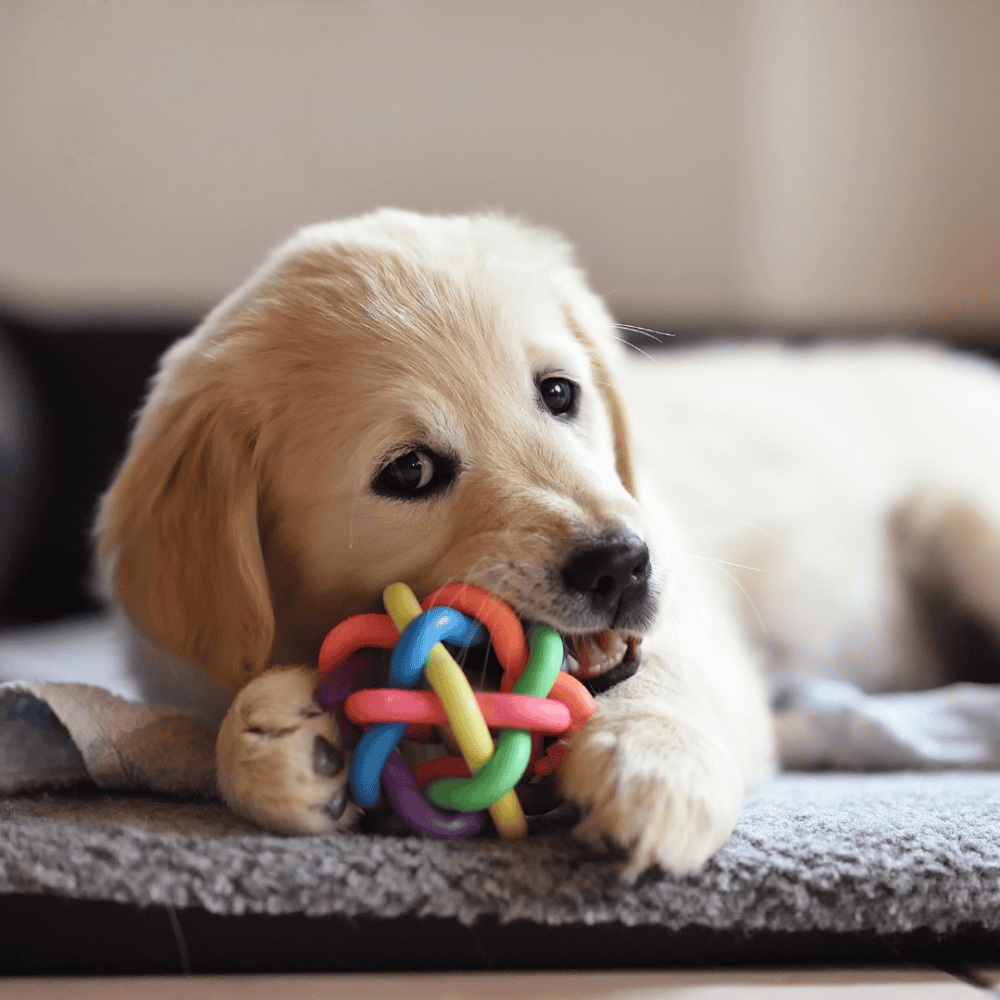
When it comes to bringing a new dog into our lives, finding the right toys and chews can be a game-changer. Not only do they provide entertainment and mental stimulation, but they also play a crucial role in training and promoting healthy behaviors. But with countless options available, choosing the right ones for your new best friend can feel overwhelming. It’s important to consider your dog’s age, size, breed, and individual preferences when selecting toys and chews that will keep them engaged.
For young puppies or dogs who are teething, soft rubber chew toys like Kong Puppy Toys can be a lifesaver. These toys are designed to soothe sore gums while providing hours of chewing pleasure. Using fun interactive dog toys such as treat-dispensing balls or plush toys for hide-and-seek games is an excellent way to challenge your dog’s problem-solving skills and offer mental stimulation.
As your dog grows older, their chewing habits may change. For strong chewers that require more durable options, consider investing in long-lasting chews made from natural materials like bully sticks or dental bones that promote dental health while satisfying their urge to chew.
Grooming supplies
Grooming your new dog is an essential part of ensuring their well-being and overall happiness. While many might think that grooming simply involves a dog brush for their fur and dog shampoo when giving them a bath, the reality is that there is so much more to it than meets the eye.
One often overlooked aspect of grooming supplies is nail care. Regularly trimming your dog’s nails not only prevents discomfort and potential injuries but also keeps their paws in good health. Investing in high-quality nail clippers and learning how to use it properly can make this task much easier for both you and your animal.
Puppy pads for indoors or outdoor training supplies
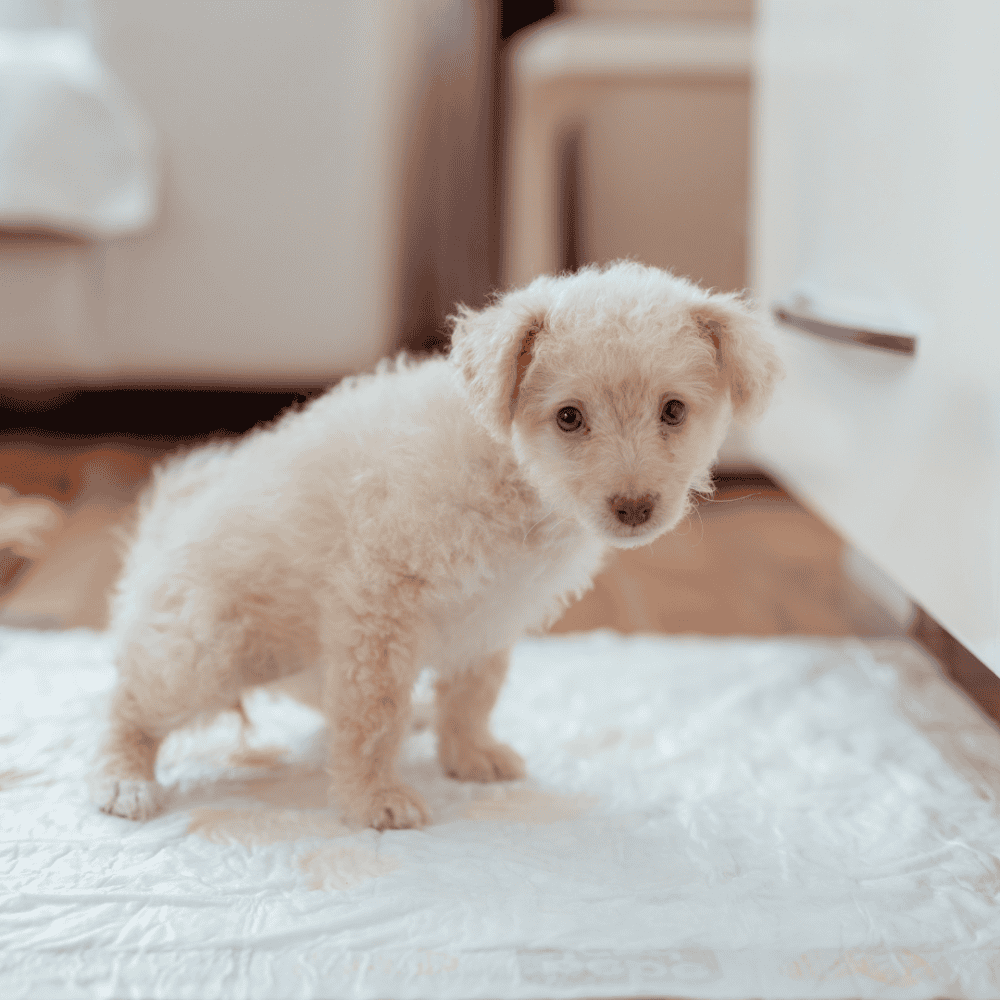
When it comes to potty training a new dog, the decision between using puppy pads or outdoor training supplies can be a tough one. Puppy pads offer convenience and ease of use, allowing your pup to go indoors without making a mess. However, relying solely on puppy pads may hinder your dog’s ability to associate going potty with being outside. On the other hand, outdoor training supplies such as grass patches or designated areas in your backyard provide a more natural and effective way for your dog to learn where it’s appropriate to relieve themselves.
One fresh perspective to consider is incorporating puppy treats to encourage and reward both methods during the early stages of potty training. By starting with puppy pads indoors and gradually transitioning towards outdoor training, you can strike a balance that encourages your pup to make the connection between going outside and eliminating waste.
Flea and tick prevention
While a Flea or tick may seem harmless at first, they can quickly become a nuisance and pose serious health risks for both your new dog and your household. Effective flea and tick prevention is the use of oral medications. Unlike traditional topical treatments, oral preventives offer a convenient solution for pet owners who dislike applying products directly onto their dog’s skin. These medications come in a chewable form and provide long-lasting protection against infestations; some even have additional benefits, such as preventing heartworm disease or treating intestinal parasites.
Many pet owners are embracing natural alternatives as they seek to reduce the use of chemical-based products on their pets. Essential oils like lavender or neem oil have been found to repel fleas and ticks effectively when used properly on dogs. Always ensure you consult with a vet before implementing any natural remedies to guarantee they are safe and appropriate for your dog.
First-aid kit
When bringing a new dog into your home, it’s important to be prepared for any unforeseen accidents or emergencies that may arise. In addition to the basics, such as bandages, gauze pads, adhesive tape, and antiseptic wipes, there are a few extra items you should consider including in your dog’s first aid kit. One essential item is activated charcoal tablets, which can help absorb toxins in case of accidental ingestion. Also, a handy addition is a tick removal tool if you live in an area where ticks are prevalent. Packing some styptic powder can be helpful for stopping bleeding in case nail trims go wrong.
It is important to familiarize yourself with basic first aid techniques for dogs. Knowing how to clean wounds properly or perform CPR can make all the difference when faced with an emergency situation. Perhaps consider scheduling a pet first aid class or online course to gain confidence in administering care until professional veterinary help arrives.
Crate or pen

When bringing a new dog into your life, one of the first decisions you’ll have to make is whether to use a dog crate, dog bed or a pen for their confinement and safe space. All options have their benefits and drawbacks, but it ultimately comes down to what works best for you and your furry friend.
A crate offers the advantage of providing a secure and cozy den-like space. Dogs are naturally den animals, so having crate training can help them feel safe and comfortable. It also aids in house-training by teaching them to hold their bladders and bowels until they are let out. On the downside, some dogs may see crates as confinement rather than comfort, leading to anxiety or even aggression.
Alternatively pens provide dogs with more freedom of movement while still confining them to a certain area. This can be particularly useful if you need to leave your dog alone for longer periods without worrying about accidents or destructive behavior. Pens may not however offer the same sense of security as crates do since dogs can see through and potentially jump over them. The final decision will depend on several factors, such as their temperament, size, and training goals.
Find a trustworthy Vet
Regular check-ups, vaccinations, and preventive care are essential for the health of your new dog. Finding a trustworthy vet is imperative for their well-being. It’s essential to have someone who not only possesses the necessary credentials but also provides compassionate care. To find a reputable vet, consider seeking recommendations from local pet owners or animal shelters in your area.
Take the time to visit potential veterinarians personally before settling on one. Inquiring about their experience with dogs of similar breeds or temperaments as yours will give you an idea of their expertise and ability.
Enroll in training classes
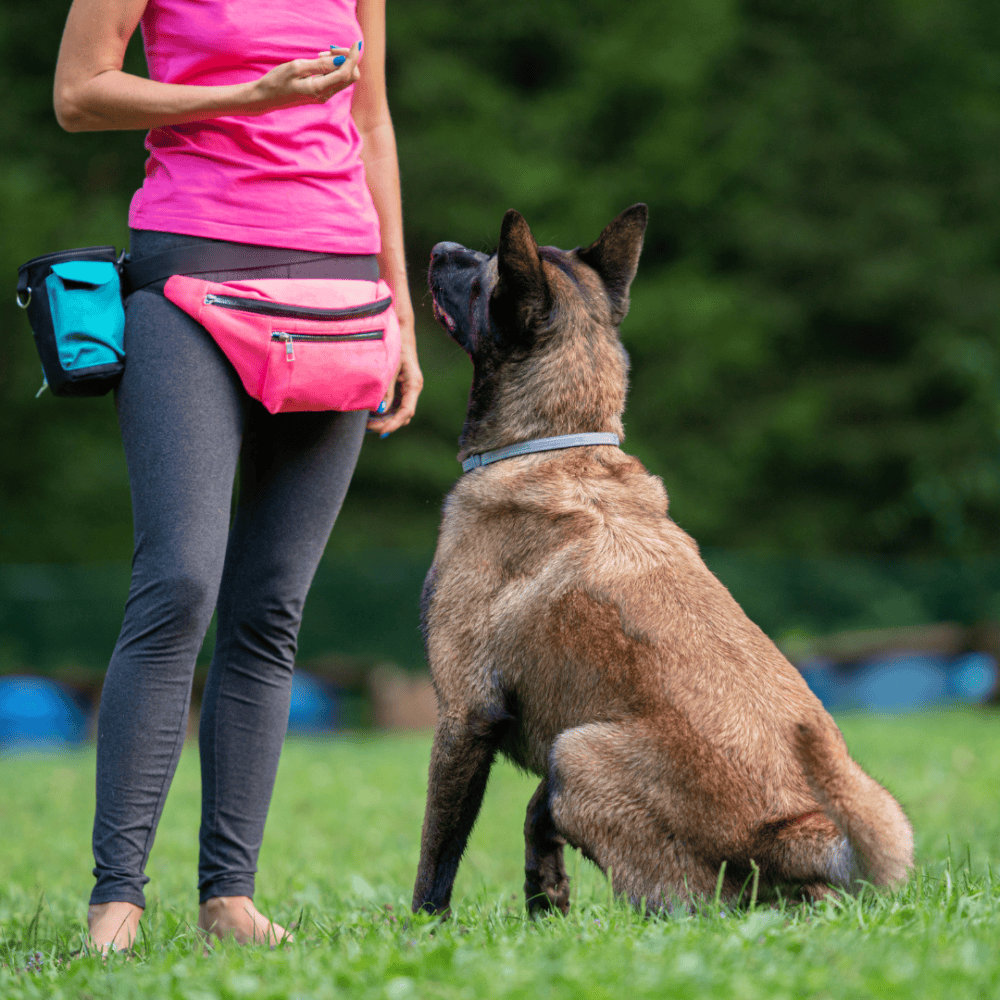
Enrolling in training classes can be an essential step in building a strong foundation of obedience and connection with your new dog. While it may seem tempting to skip the training process, there are unique benefits that only in-person classes can offer. The guidance of a professional trainer allows for personalized attention to address the specific needs and behavior of your new friend. Moreover, joining training classes exposes your dog to various distractions, such as other dogs and unfamiliar environments, helping them develop skills to remain calm and focused even in challenging situations.
Dogs are naturally social creatures, but without proper exposure at an early age, they may struggle with anxiety or aggression towards other dogs or people. Training classes create a controlled environment where dogs can interact safely under the watchful eye of experienced trainers. As they learn to navigate these interactions successfully while following commands, not only does their confidence grow but also their ability to adapt to different social settings outside of class, which is crucial.
Create a routine
It is important to establish a routine right from the start. This not only helps your new dog feel safe and secure but also sets them up for success in the long run. Creating a routine involves consistency in feeding schedules, exercise, potty breaks, and training sessions. By establishing regular meal times, your dog will learn when to expect food and avoid anxiety or behavior problems associated with irregular feeding patterns. Sticking to a consistent exercise routine ensures that your pup receives adequate physical activity to keep them healthy and happy.
Puppy-proof your budget
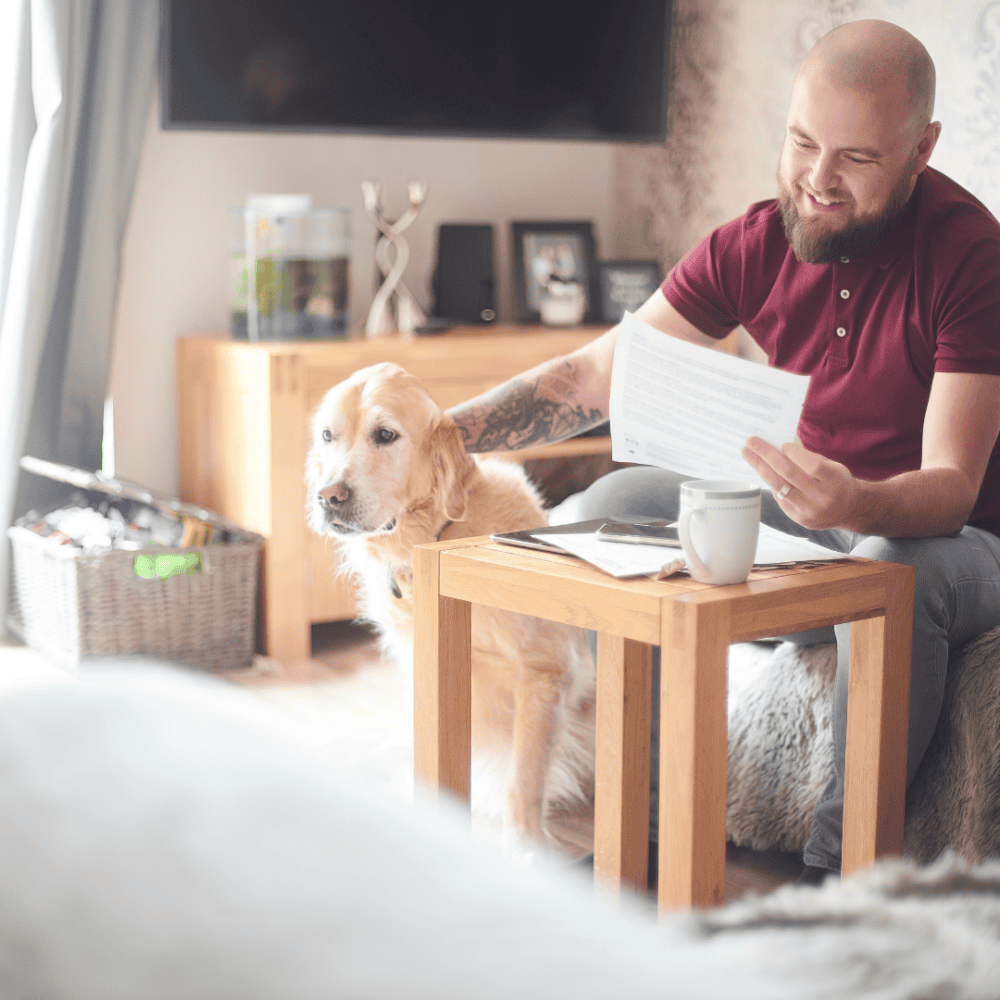
Bringing home a new dog comes with added expenses. Puppy-proofing your budget is just as important as puppy-proofing your home. While it’s easy to get carried away with buying toys, treats, and adorable outfits for your furry friend, it’s essential to create a budget and prioritize your spending.
One way to manage the financial impact of owning a new dog is by setting up an emergency fund or Vet plan especially designated for vet visits and unexpected expenses. Veterinary bills can quickly add up, so having this safety net in place will give you peace of mind.
Another money-saving tip is to buy pet supplies in bulk or look for deals online or at discount stores. Purchasing items like food, treats, and grooming products in larger quantities can save you money in the long run. You can make homemade dog toys using repurposed materials or even try making some homemade dog treats using simple ingredients from your pantry.
Conclusion
Preparing for a new dog is an exciting journey that requires careful planning and consideration. Remember, a dog is a long-term commitment, but the love and companionship they bring make it all worthwhile.



